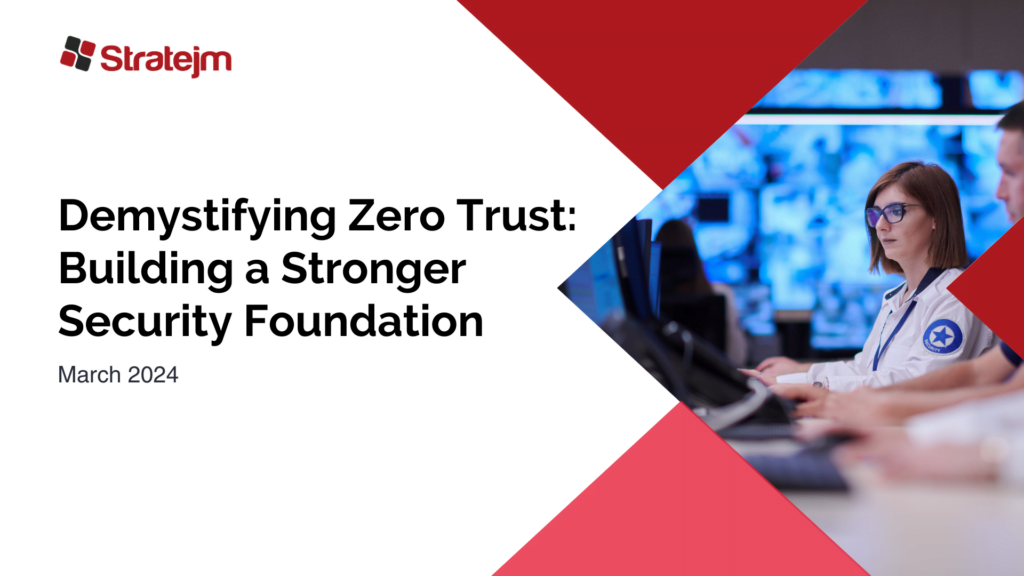
In an era where cyber threats constantly evolve, traditional security measures are no longer sufficient to safeguard valuable assets. Enter Zero Trust architecture – a revolutionary approach that challenges the conventional wisdom of trust and redefines access control in the digital age.
This week, we delve into the core principles of Zero Trust, shedding light on its fundamental concepts and their profound implications for enhancing security. Read on to gain a fundamental understanding of ZTNA and how its modernizing security architecture’s around the globe:
Understanding Zero Trust:

Zero Trust is not merely a technology but a mindset – a paradigm shift in cybersecurity strategy. At its essence lies the principle of “never trust, always verify.” This means that regardless of a user’s location or device, trust is never assumed. Instead, each access request undergoes meticulous scrutiny, requiring explicit verification of identity and authorization. This fundamental shift from implicit trust to continuous verification forms the cornerstone of Zero Trust architecture.
Core Principles of Zero Trust:

1. Verify Explicitly:
In a Zero Trust environment, trust is earned, not granted by default. Every access attempt – whether internal or external – is subject to rigorous authentication and authorization processes. Users, devices, and applications must prove their legitimacy before gaining access to sensitive resources. By verifying identities and permissions explicitly, organizations can mitigate the risk of unauthorized access and prevent potential breaches.
2. Use Least Privilege Access:
The principle of least privilege advocates for granting users the minimum level of access required to perform their duties. Rather than providing broad access permissions, Zero Trust adopts a granular approach, tailoring access rights to specific roles and responsibilities. This ensures that users only have access to the resources necessary for their tasks, reducing the likelihood of accidental or malicious misuse of privileges.
3. Assume Breach:
Zero Trust operates under the assumption that threats are omnipresent and breaches are inevitable. Instead of relying solely on perimeter defenses, organizations must adopt a proactive stance by assuming breach. This entails continuous monitoring, anomaly detection, and rapid response capabilities to detect and mitigate security incidents promptly. By embracing a mindset of assuming breach, organizations can effectively minimize the impact of security breaches and protect critical assets.
Building a Secure Future with Zero Trust:

Adopting the principles of Zero Trust is not merely about implementing new technologies but instilling a culture of security resilience. By prioritizing continuous verification, least privilege access, and proactive breach response, organizations can establish a robust security foundation that adapts to evolving threats. Whether you’re a small business or a multinational corporation, understanding and embracing Zero Trust principles is the first step towards building a secure and resilient digital environment.
Ready to Embrace Zero Trust?
We get it, the journey towards Zero Trust can be difficult and complicated, and is different for every business. Since our inception in 2015, Stratejm has specialized in tailoring Zero Trust frameworks to meet the unique needs and challenges of North America’s leading enterprises. From strategy development to implementation, we’re here to help you build a future-proof security infrastructure that safeguards your most valuable assets.
Don’t wait until it’s too late. Contact us today to learn more about how Zero Trust can transform your security posture and protect your organization from emerging threats.

